Given the still relative novelty of electric cars in the automotive mainstream, it’s hardly surprising that people are still excitedly sharing the curious things they notice about them from day to day. Over the past couple of years, owners of the Tesla Model 3 and Tesla Model Y have been sharing their stories of a peculiar humming sound coming from their cars when it’s parked.
If you drive one of these Teslas, or another model, and you’ve noticed the same thing, then hopefully today’s blog will help to answer questions about it and settle the unknowns. We’ll say right now that the good news is that it’s nothing to worry about! The humming sounds you are hearing are a normal part of the car’s functioning.
Why is My Tesla Humming When Parked?
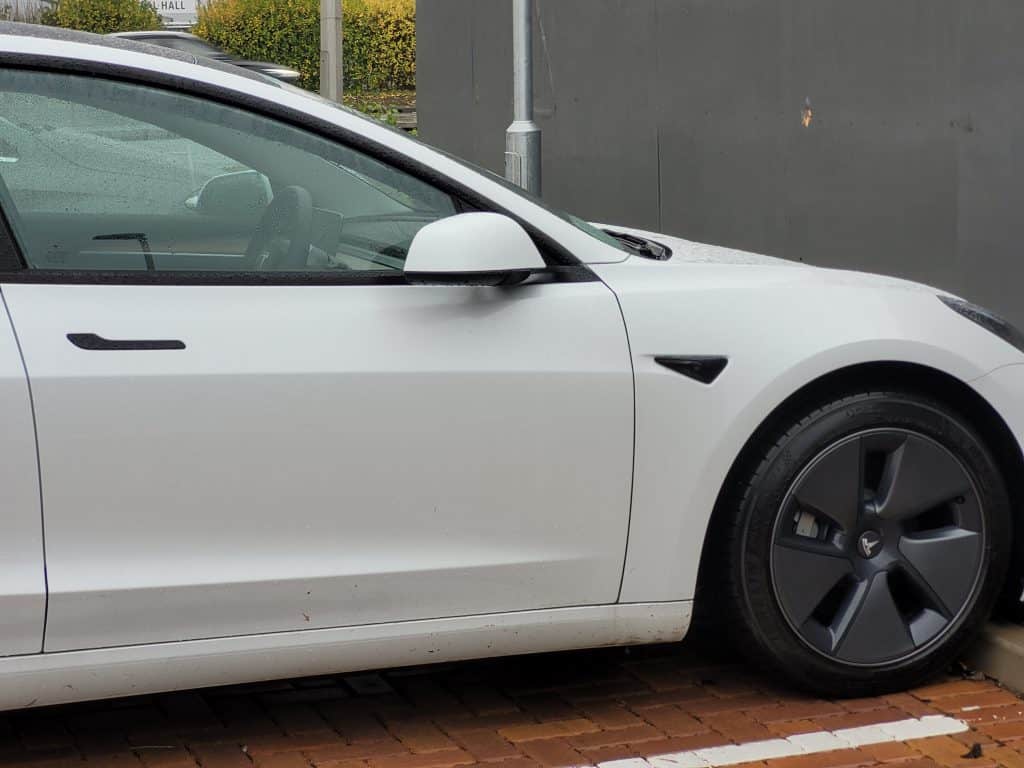
Let’s deal with the core question in today’s blog first and foremost. The most likely cause of that humming that you are hearing is the main coolant pump undergoing its normal regulatory operations to keep your battery in good health.
One of the reasons these sounds can be so unsettling is that we just aren’t familiar enough with them, and we’ve largely been conditioned to be suspicious of all unusual sounds in our internal combustion engine cars.
What’s arguably the biggest difference between traditional cars and EVs? For most, it’s the lithium-ion battery pack that replaces the engine as the main source of power for the car. Like engines, EV batteries need to carefully regulate their temperatures to prevent overheating and degradation.
The cooling pump therefore may be getting to work to restore optimum ambient temperature needed for the battery to operate normally the next time you get in the car to go somewhere.
For your Tesla, that optimum temperature is about 72 degrees Fahrenheit (22 degrees Celsius). That takes time and effort and that’s why you hear the car humming for some time while it’s parked, though it shouldn’t be humming constantly.
It’s not dissimilar to hearing your car’s engine fans running after you’ve parked up and switched the car off. We’re familiar with that fan sound, and it’s fair to assume we’ll become familiar with the Tesla humming sound over time.
My Tesla Hums Even While I’m Driving
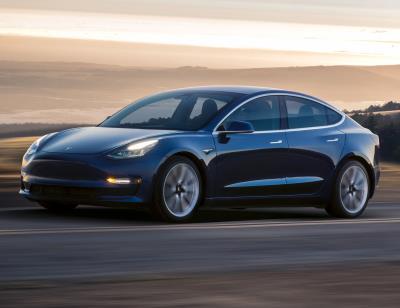
A further point of concern for some is that their Tesla continues to hum even when the car is in motion. We should point out once again that this is an absolutely normal part of the car’s operation. The humming sound you’re hearing while driving is the same humming sound you’re hearing when parked.
It might sound a bit different on the road with other ambient noise around it, but it’s the same cause: the coolant pump.
When you’re driving, your Tesla’s coolant pump manages the heating and cooling circuit that keeps your battery from overheating, thus ensuring the car goes the range that it’s supposed to. Tesla’s have long been known for their innovative liquid coolant system that has long since proven itself far superior to any air cooling systems.
You might notice the humming more when facing temperature extremes of any sort, hot or cold. In colder conditions, the heating and cooling circuit transfers excess heat that is generated within the motor and copper rotor to the battery, prompting the coolant pump into action.
In hot weather, the coolant pump is working to maintain the ideal operating temperature of 110 degrees Fahrenheit, which has been determined as the best temperature to ensure the Tesla hits its maximum range.
Tesla Humming: Some Reassuring Facts
Even though many Tesla owners have known that the humming sound is caused by the coolant pump and is therefore a normal part of the car’s operation, they remain concerned. Perhaps the novelty of the sound and the fact that it’s there quite often depending on the weather and how often they drive the car makes them feel nervous.
Below is a summary of 3 essential facts about the humming that should hopefully set your mind fully at rest.
It’s Part of the Car’s Normal Function
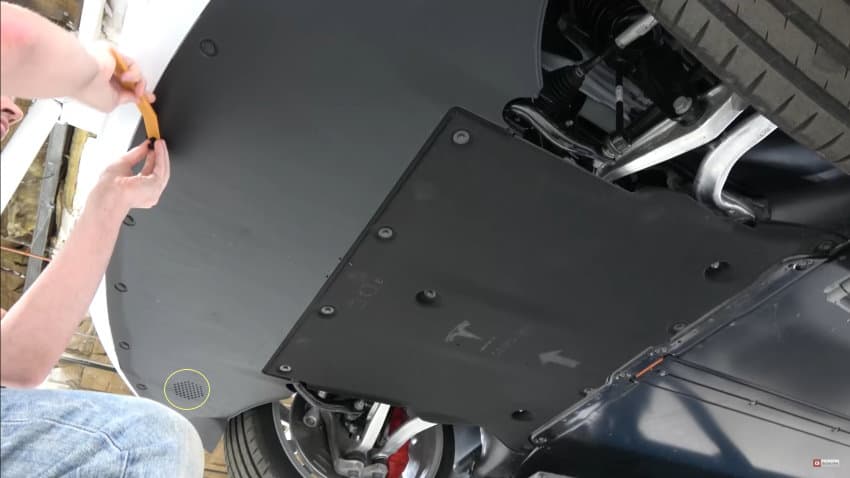
This is what we have focused on explaining above. The noise may seem unusual to us at first, but it’s definitely just a part of one of the component’s normal functions, namely the coolant pump.
In fact, the function it’s performing is incredibly important because it’s what keeps your very expensive battery unit in good health, and ensures that your Tesla goes as far as was advertised when you first bought it.
Considering most people buy Teslas for their excellent battery performance and long single-charge range compared to the competition, you’d think that news of what this humming noise is would be warmly welcomed. Alas, people remain concerned by it.
You Hear Noises More in a Tesla Because It’s a Quiet Car
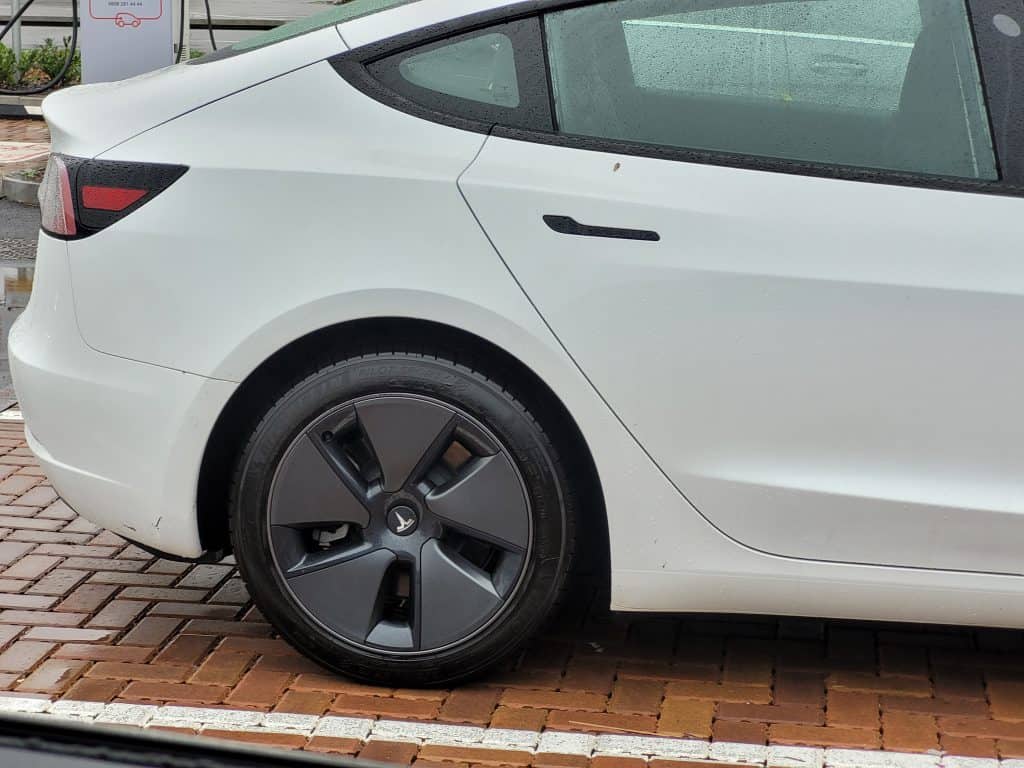
We should also remember that the Tesla in itself is a fairly quiet car. There’s no engine noise, cranking gears or other clunking hardware to generate the kind of noise that you might expect when driving a muscle car, or indeed virtually any internal combustion engine (ICE) car.
The natural quietness of the Tesla means that noises of any kind are exacerbated and perhaps easier to perceive as being worse than they really are. This point is further reinforced by the next fact…
We’ve Been “Conditioned” by Our ICE Cars
Earlier in today’s blog we mentioned this idea of being conditioned by our ICE cars into thinking a certain way about unknown or unfamiliar noises. This is really important for Tesla owners to remember, especially new Tesla owners who have just made the switch to EVs and have a Tesla as their first electric car. Noises from an EV will invariably be different than those in an ICE car, and it’s really just a question of taking time to learn which noises are normal and which are not in your EV.
In the case of your Tesla, the humming sound is normal, so put that in the “expected noises” column.
Tips for Those with Concerns about Tesla Humming
There’s further advice for those who are concerned with the humming noise coming from their Tesla, or in fact for any other unfamiliar noise that you hear, which we’ll lay out below. If you hear something you’ve not heard before in your Tesla, then consider the following steps:
Step 1: Reflect on Your Tesla’s Performance
As you’re hearing these unfamiliar sounds, is there any aspect of the car’s performance that is giving you cause for concern? Or, is everything working as it should be? For example, are you noticing a diminished performance of regenerative braking? Does the steering feel off? Is Autopilot failing to engage when it should? Does the accelerator pedal feel spongy or unresponsive?
With your Tesla, it’s a good rule of thumb to acknowledge that when strange sounds are accompanied by some aspect of functionality also going wrong, then it’s a good idea to consult with a Tesla service center to find out more. If all systems are green, however, then you likely have nothing to worry about.
Step 2: Note Changes in Sound
If your current Tesla is your first, try to get familiar with sounds that appear during functionality, and those that feel more out of place. Most normal sounds in a Tesla are consistent in how loud they are and how long they go on.
So, for instance, if you notice a noise that’s more erratic in volume and length, that’s another more genuine red flag.
Step 3: Consult the Online Community
Get onto the Tesla forums and YouTube and look for the same issue you’re experiencing. YouTube is particularly useful because it comes with audio-visual backup. Many Tesla fans and users regularly create content that explains away such concerns over unknown noises and issues. If it’s a problem, they’ll also give you help on how to solve it. If it’s normal, you can rest easy.
Step 4: If Doubts Persist, Visit a Service Center
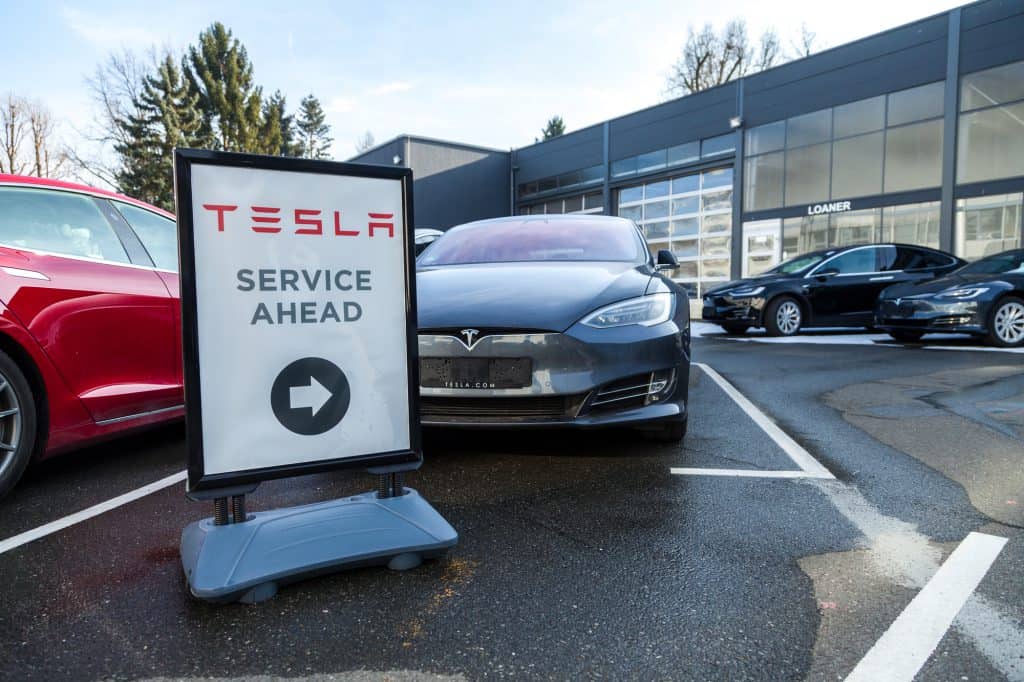
Finally, if by the end of this process you feel you still have no answers to your initial questions, or even worse you have more questions and concerns than you did at the beginning, then it’s time to bite the bullet and consult with the Tesla service center. If it’s really a problem, they can explain and fix it for you.
If it’s nothing, they can also explain why that’s the case and set your mind at rest.
Conclusion: Don’t Let Your Past Experience Spook You
As we’ve said already, it’s understandable why people get concerned about these kinds of hums, whines and beeps that seem to emanate from Teslas and other EVs. This is an entirely different breed of vehicle from the ones we are used to. Every generation since Henry Ford has been raised on the internal combustion engine, so it’s hardly surprising that the noises and functionality of ICE cars is what we know and understand, using it as our benchmark.
The fact is that when it comes to a Tesla or another EV, we have to be humble enough to admit that we’ve never had a car like this before, and there are many unknowns still to discover. A couple of generations from now, the young might look back on our concerns over such things and laugh!
1 comment
Some small motor is working in the frunk area 7 hrs after the car was driven. No bluetooth in the area. It’s 78 F outside. HVAC off.
I’m fine with noises. My concern is, I want to be able to have a charge left after letting this car sit in the airport parking lot for two weeks. Any way to shut everything down?